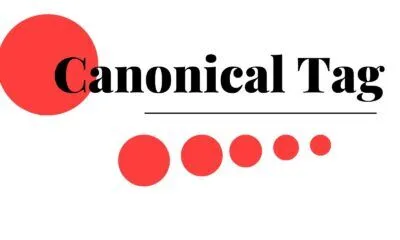- Top ChatGPT Alternatives for 2025: Revolutionizing AI Conversations
- Are You Ready to Rule Your Niche? Building Topical Authority in SEO, Explained
- Supercharge Your Business with a Google Business Profile
- Unlock the Power of Ecommerce SEO: 11 Expert Ecommerce SEO Tips
- How To Fix Suspended GMB Listing? Reinstate My GMB Listing
- Top ChatGPT Alternatives for 2025: Revolutionizing AI Conversations
- Are You Ready to Rule Your Niche? Building Topical Authority in SEO, Explained
- Supercharge Your Business with a Google Business Profile
- Unlock the Power of Ecommerce SEO: 11 Expert Ecommerce SEO Tips
- How To Fix Suspended GMB Listing? Reinstate My GMB Listing
- Top ChatGPT Alternatives for 2025: Revolutionizing AI Conversations
- Are You Ready to Rule Your Niche? Building Topical Authority in SEO, Explained
- Supercharge Your Business with a Google Business Profile
- Unlock the Power of Ecommerce SEO: 11 Expert Ecommerce SEO Tips
- How To Fix Suspended GMB Listing? Reinstate My GMB Listing

Table of Contents
ToggleWhat is a Canonical Tag?
A “Canonical Tag” is a way of pointing to the primary copy of a webpage or URL to search engine bots. Using a canonical tag prevents problems that can be caused due to the same/similar content being used on multiple pages. This helps in preventing content duplicacy on the website.
In other words, canonicalization is a way to tell search engine spiders which page you want to be shown in the SERPs
Code of a Canonical Tag
The canonical tag can be written as:
<link rel="canonical" href="https://domain-name.com/page-url/" />This code can be used to point to the primary URL from the page which is being viewed.
It is a simple HTML tag that is often auto-generated if you are using a CMS such as WordPress.
A canonical tag is always placed in the <head> area of a webpage.
Finding a Canonical Tag of a WebPage
Here are a few simple methods to locate the canonical tag of a webpage:
By viewing the source code
This is one of the simplest methods that SEOs use to check a canonical tag.
When you have opened the webpage, press the right-click button on the mouse and choose “View Source”. Alternatively, if you are on windows, you can press Ctrl+U and on Mac, you can use Option+Command+U.
On the view source page, you need to search for canonical and you will see the canonical tag.

By using an SEO extension
There are some SEO extensions available for chrome, firefox, and maybe other browsers too through which you can identify the canonical tag of a webpage.
Some of the SEO extensions that can give you this information are MozBar, SEOquake, SEO Minion, etc.
Uses of a Canonical Tag
Single Page Opening With Multiple URLs
At times, you can see your web pages being opened with different URLs. For example home page of a website often also opens with domain.com as well as domain.com/index.php or domain.com/index.html, etc. considering domain.com as the home page.
In this case, you will need to point the canonical tag to your preferred version of the webpage.
Pagination
Pages in the pagination of a website are a great use case of the canonical tags. All the paginated pages will need to point to the main page such as /blog/ which may have paginated URLs such as /blog/1/, /blog/2/, and so on.
Similar Content Pages
You may have a service page for a service that you are offering at multiple locations. In this case, all the content will probably be similar to other local area service pages. It is a good idea to self-canonicalize the pages so that each page is considered unique and gets indexed by search engines.
Cross-domain Pages
People usually own multiple websites and may often want to spread the content over the internet through content syndication. Here, cross-domain canonicalization comes into action. If you want, you can opt for the canonicalization of syndicated content pages across different websites.
While using cross-domain canonicalization, you need to ensure whether or not you want to prioritize the webpage on SERP. Because the pointed canonical page will be preferred by the search engines.
Misconceptions About Canonical Tags
- Redirection Through Canonical Tag: Many people think that a canonical tag redirects a page to another page. This is not true as the canonical tag has nothing to do with redirection.
- Using Redirection as well as Canonical: Some people use a canonical tag as well as a 301 redirect together to point to another page. In reality, if a page is being redirected to another page, there is no point in using a canonical tag.
